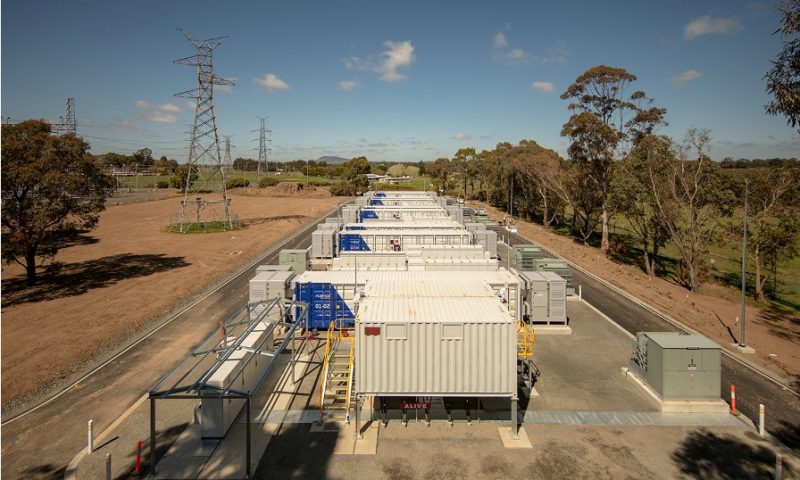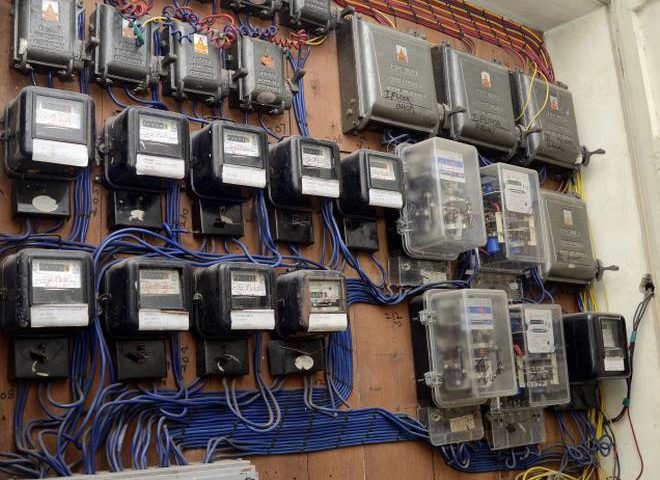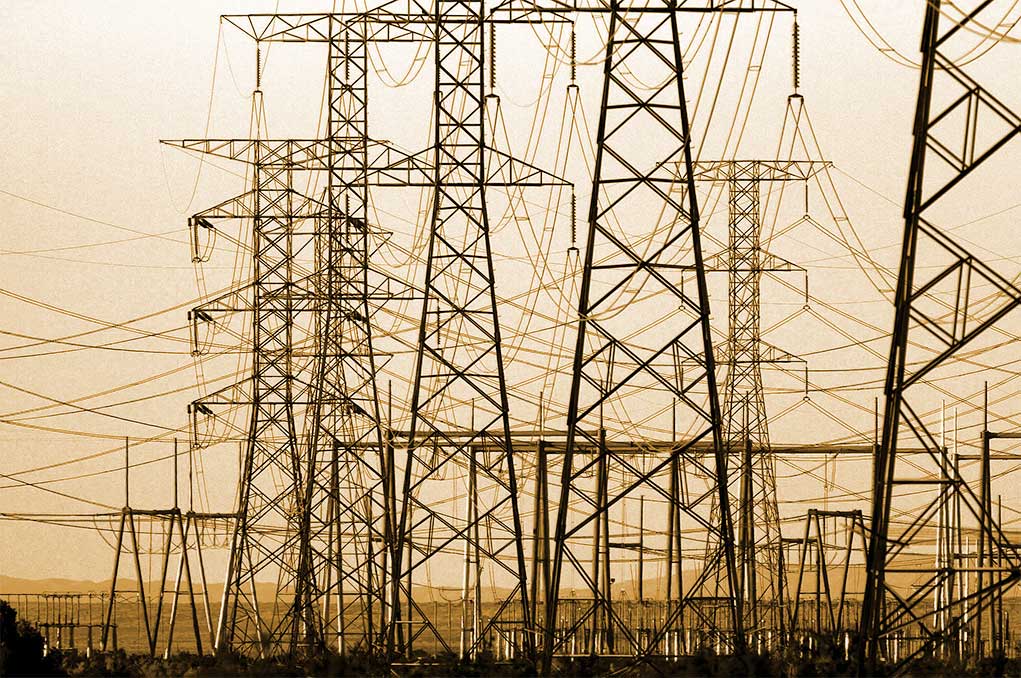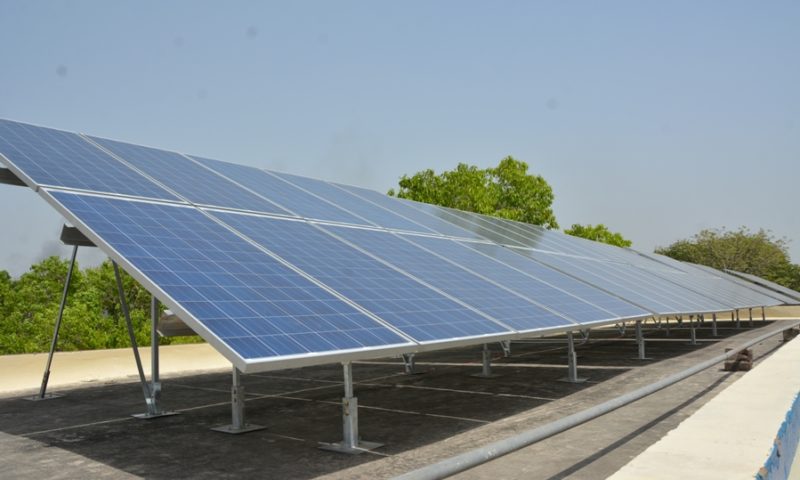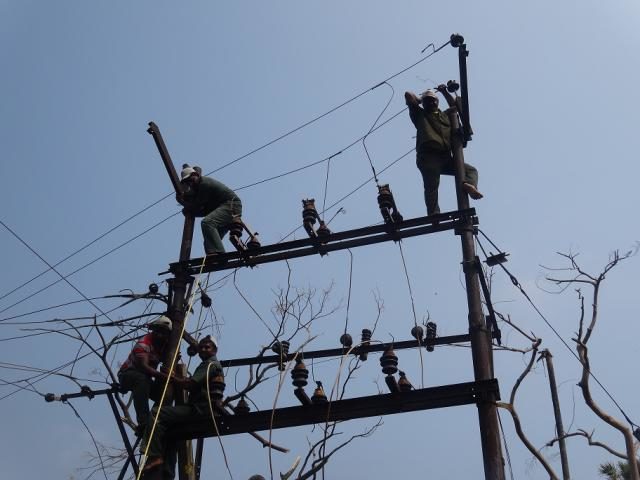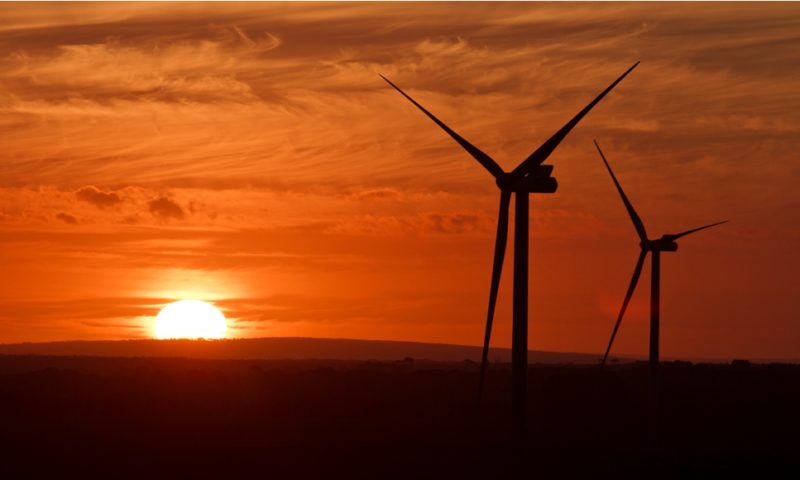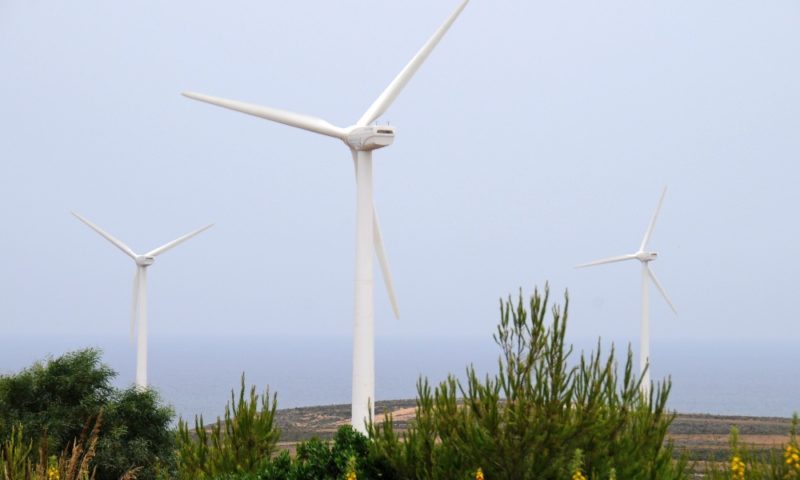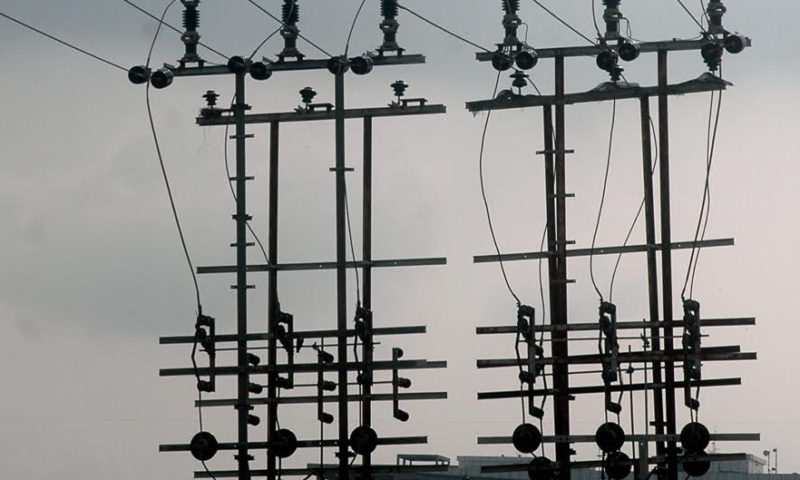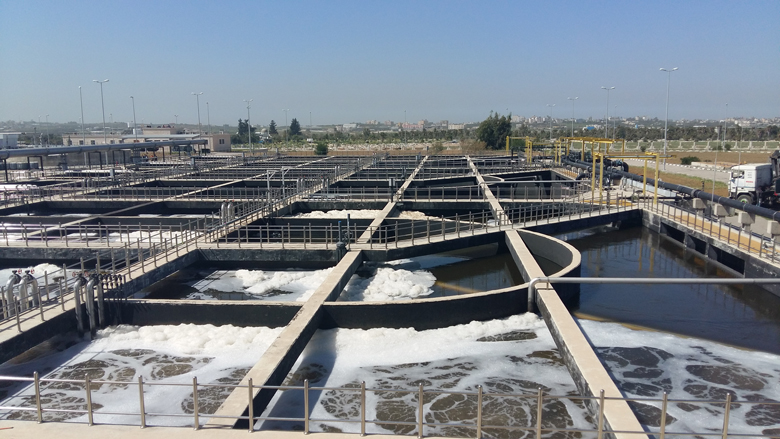Power Finance Corporation Ltd (PFC), a Central PSU and the leading public sector financing entity in the power sector, recently held a media conference in Mumbai to discuss the company’s performance in FY19.
While the main purpose of the event was to analyze the PFC’s financial performance, which incidentally was much better than what was widely expected, it also gave a glimpse of PFC’s future plans. It has become increasingly clear that PFC will be moving from its traditional avenues—largely financing conventional power generation plants—to newer areas. Modern ideologies like energy efficiency, low carbon footprint, etc is gradually getting imbibed into PFC’s financing culture.
Some of the new areas identified by PFC include smart cities, electric vehicle manufacturing, charging stations for e-vehicles, battery manufacturing for solar projects, mini and micro grids for distributed generation, energy efficient systems like co-generation, tri-generation (electricity, heat and cooling), CHP (combined heat and power), waste recovery systems, etc.
Energy efficiency, clean energy, lower carbon footprint, reduced use of natural resources like coal and even water, will influence PFC’s loan portfolio in the time to come.
One interesting that came about at the media briefing was that PFC is financing a sewage treatment plant. Prima facie, it seemed very odd that PFC would be involved in such a seemingly unrelated activity. However, the story, as it unfolded, was very interesting. There is a sewage treatment plant (STP) that is being set up at Nagpur—a traditionally water-starved region in Maharashtra. The STP will treat sewage in the area and the water so obtained will be supplied to conventional coal-fired power plants in the region. Thermal power plants—those that use heat to generate electricity—need plenty of water, for generation of steam that is in turn used to rotate the turbines. The equipment used to boil water to create steam is known as the steam turbine generator (STG) or simply boiler, while the turbine-generator (TG) is the place where the mechanical energy obtained by the rotation of turbines is converted into electrical energy.
This STP will create a supply of good water from wastewater, thus obviating the use of fresh water by the power generation plants. In doing so, it will conserve the supply of fresh water, and effectively, augment the availability of water for residential use. PFC is involved in this project due to the “power generation” connection.
The use of treated water from STPs for power generation is a novel idea that is born from the need to conserve water in deficient regions. In India, there are also instances where STPs are used gainfully to generate electricity. STPs generate methane—a greenhouse gas– that is used to generate electricity, through the combustion route.
PFC’s diversification into micro grids, e-vehicles, batteries for solar projects, etc. represent a new financing culture. Clearly, energy efficiency, clean energy, lower carbon footprint, reduced use of natural resources like coal and even water, will influence PFC’s loan portfolio in the time to come.
The author of this article, Venugopal Pillai, is Editor, T&D India, and may be reached on venugopal.pillai@tndindia.com. The views expressed here are personal.

